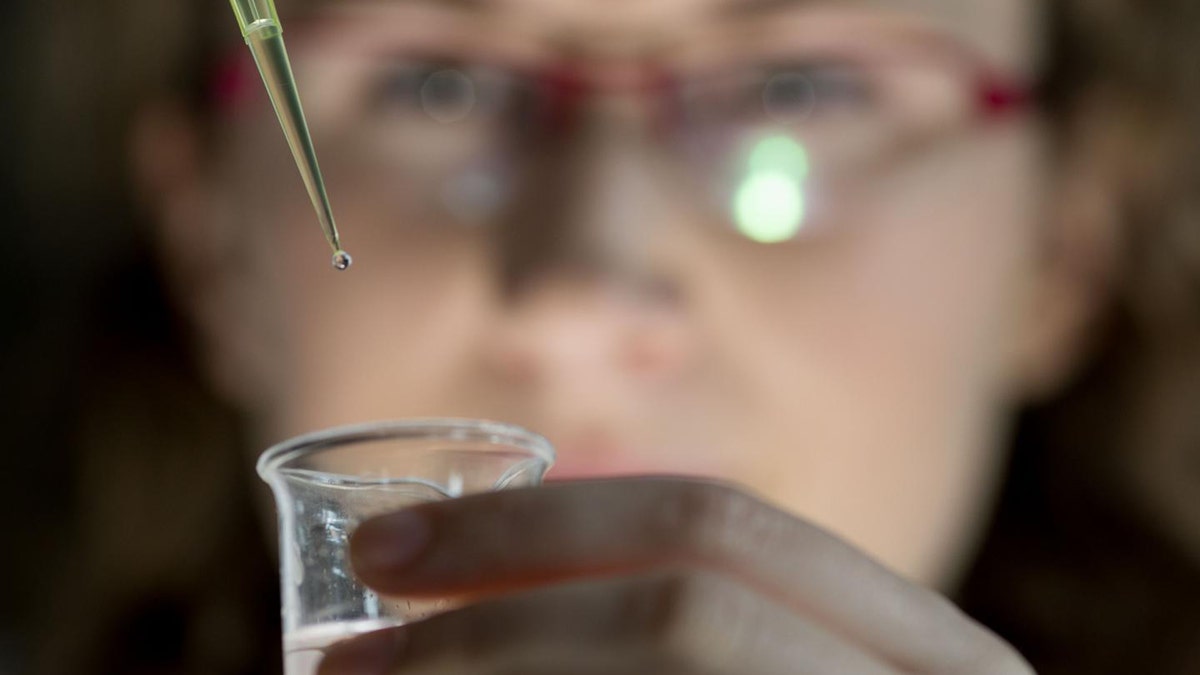
Aimee Stapleton, IRC EMBARK Postgraduate Fellow at University of Limerick and lead author of The Direct Piezoelectric Effect in the Globular Protein Lysozyme published on October 2 in Applied Physics Letters. (CREDIT: Photo by Sean Curtin, True Media)
When your smartphone goes dead, maybe you should cry just a little bit harder.
In fact, maybe you should cry yourself a river, because it turns out your tears — or, more specifically, a protein in your tears — can generate electricity.
The protein, lysozyme, is also found in egg whites, saliva and milk. Just apply pressure and feel the power, a team of scientists at the University of Limerick’s Bernal Institute in Ireland report in the Oct. 2 issue of the scientific journal Applied Physics Letters.
THIS ARTIFICIAL INTELLIGENCE WILL LET YOU PAINT LIKE VAN GOGH
The ability to generate electricity by applying pressure — piezoelectricity — has been known and understood for years, according to a report in EurekaAlert!. The process has been applied to materials like quartz for powering the resonators and vibrators in mobile phones, deep ocean sonars and ultrasound imaging. Among the substances that possess piezoelectricity are bone, tendon and wood.
Now we can add tears — or more specifically, lysozyme — to the list.
"The high precision structure of lysozyme crystals has been known since 1965," said Tewfik Soulimane, a structural biologist who co-authored the study.
"In fact, it is the second protein structure and the first enzyme structure that was ever solved. But we are the first to use these crystals to show the evidence of piezoelectricity."
"While piezoelectricity is used all around us, the capacity to generate electricity from this particular protein had not been explored,” said physicist Aimee Stapleton, the study’s lead author.
“The extent of the piezoelectricity in lysozyme crystals is significant. It is of the same order of magnitude found in quartz.
DUBAI'S 'SPACE SIMULATION CITY' AIMS TO PAVE WAY FOR LIFE ON MARS
“However, because it is a biological material, it is non-toxic, so could have many innovative applications such as electroactive, anti-microbial coatings for medical implants."
The researchers believe further research could result in biomedical devices that would use lysozyme to power pumps that control the release of medicines into the body. Such piezoelectric devices already exist, but many contain toxic elements such as lead.
"The impact of this discovery in the field of biological piezoelectricity will be huge,” said Professor Luuk van der Wielen, director of Bernal Institute.




















